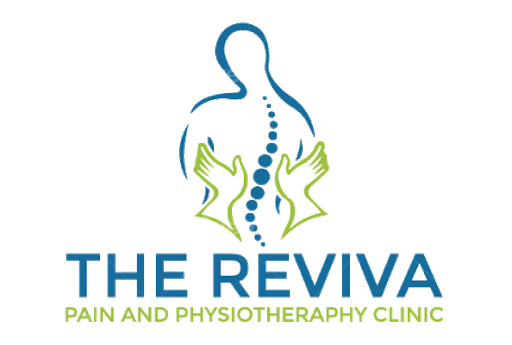Trigger purpose dry needling is a physical intervention that uses dry needles to stimulate trigger points, diagnose and treat fascicle pain and useful movement deficits.
As the name implies, dry needling is primarily directed at myofascial trigger points, which are defined as “hyperirritable spots in skeletal muscle that are associated with a hypersensitive palpable point in a taut band”.
Physical therapists around the world practice trigger point dry needling as part of their clinical practice and use the technique in combination with other physical therapy interventions. A high degree of kinesthetic perception allows a physical therapist to use the needle as a palpation tool and appreciate differences in the density of those tissues pierced by the needle.
Although some people refer to trigger point dry needling as a form of acupuncture, it did not originate as part of the practice of traditional Chinese acupuncture. The difference being that there are distinct anatomical locations of myofascial trigger points within muscle tissue, whereas acupuncture points have point specificity on the body.
There is substantial medical literature on IMS and dry needling that has been subjected to peer review. Trigger point dry needling has been used following a variety of different schools and conceptual models. According to these models, when the flow of nerve impulses is restricted to an area of the body, all innervated structures, including muscle, spinal nerves, sympathetic ganglia, adrenal glands, sweat cells, and brain cells become atrophic, irritable, and super sensitive.
Many common diagnoses, such as Achilles tendonitis, lateral epicondylitis, frozen shoulder, chondromalacia patellae, headaches, plantar fasciitis, temporomandibular joint (TMJ) dysfunction, myofascial pain syndrome (MPS), and others, might, in fact, be the result of neuropathy, and associated myofascial trigger points.
Intramuscular therapy has been very successful for patients with chronic low back pain and sciatica symptoms. Shortening of the paraspinal muscles, notably the multifid muscles, will cause disc compression, narrowing of the os foramina, and/or cause direct pressure on the nerve root, that afterward would lead to peripheral pathology and compression of super sensitive pain receptors, leading to pain and dysfunction.
In layman’s terms, the treatment uses treatment needles, to focus on specific muscles that have narrowed and become shortened. These shortened muscles compress and irritate the nerves. This treatment will greatly scale back tightness and pain, whereas increasing flexibility and variety of motion.
The treatment involves dry needling of affected areas of the body while not injecting any substance. The needle sites are often targeted at the location of taut, painful muscle bands, and/or are often close to the spine wherever the nerve root might become irritated and super-sensitive.



